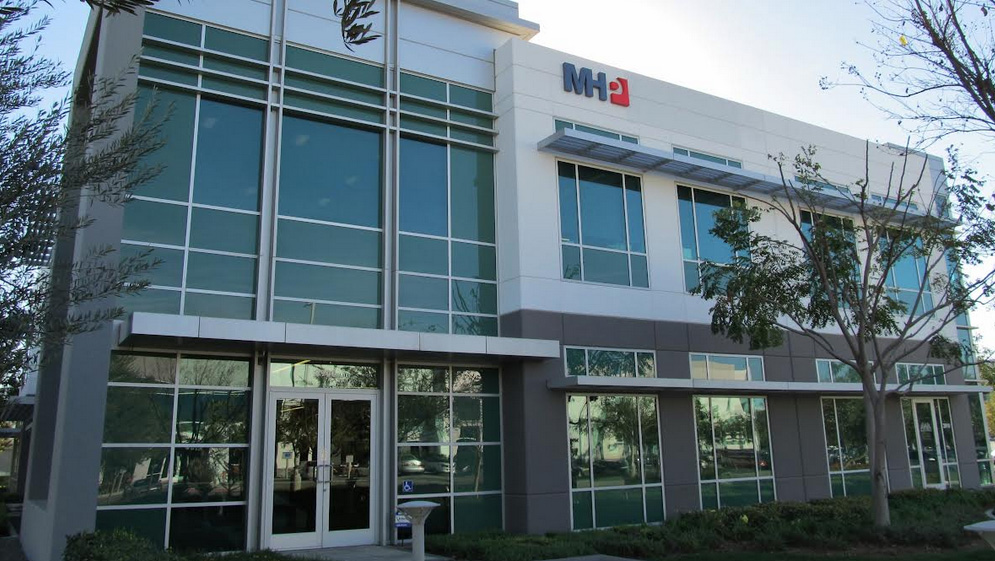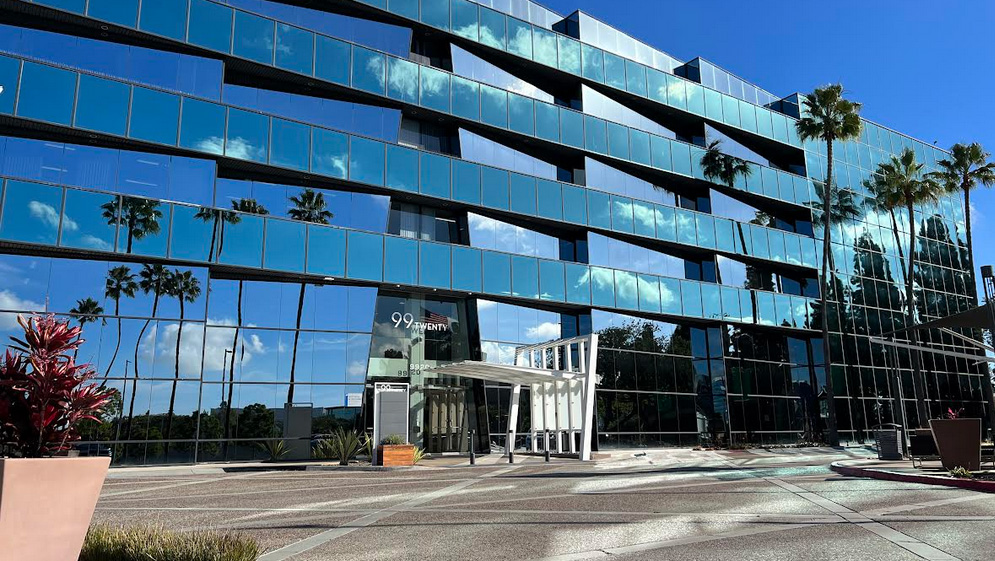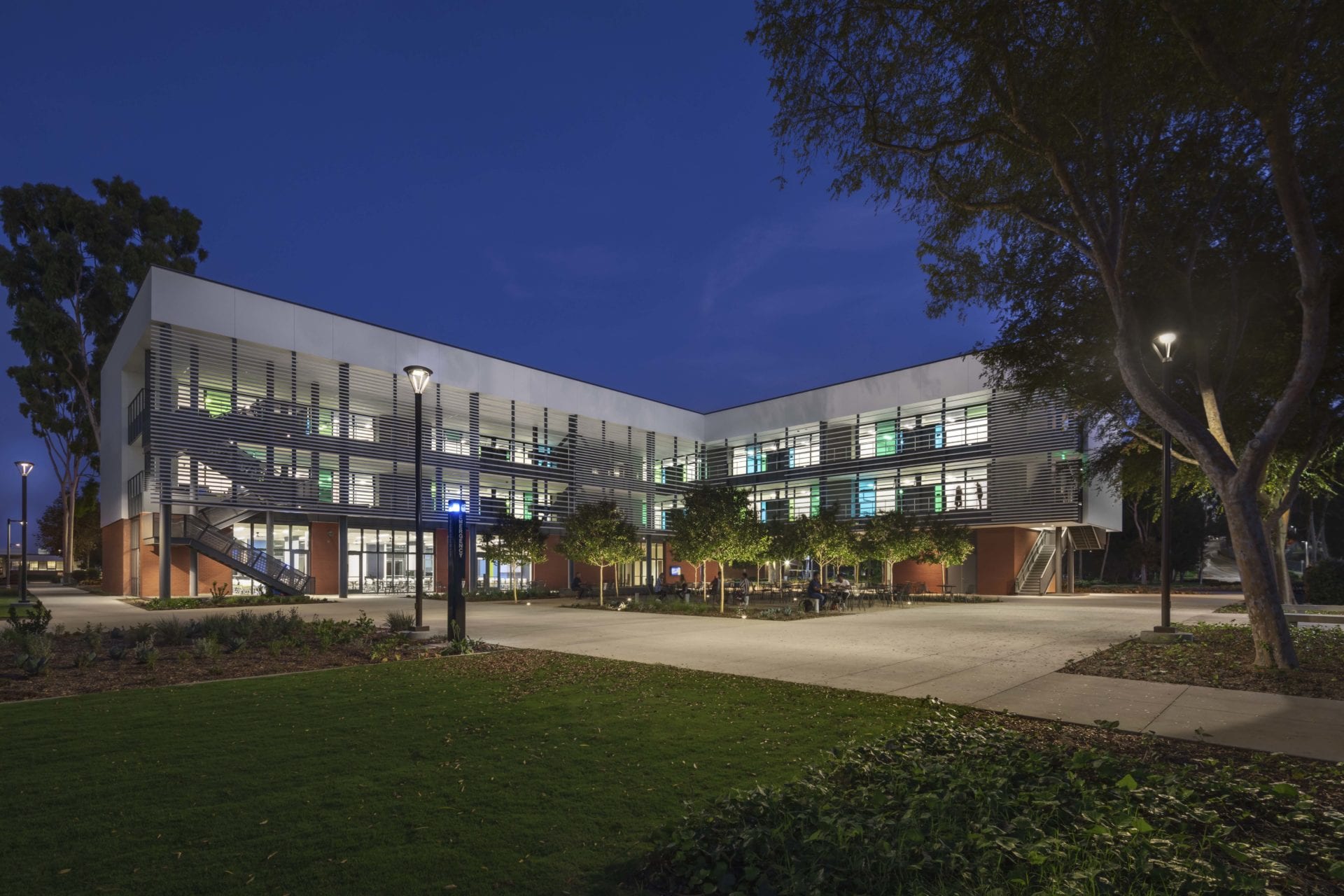
SUSTAINABILITY
Our Commitment
MHP is committed to advancing sustainable practices within the structural engineering industry.
We integrate eco-friendly design principles and innovative materials to create structures that minimize environmental impact while maximizing efficiency and resilience. By prioritizing energy-efficient design, sustainable material sourcing, and life-cycle analysis, we aim to reduce carbon footprints and contribute to a more sustainable built environment. Our team continuously explores emerging technologies, such as carbon-reducing concrete and renewable materials, to ensure that our projects align with environmental goals. Through these efforts, we are dedicated to building a future that balances structural integrity with environmental stewardship, creating lasting value for our clients and the communities we serve.
SE 2050
In 2023, MHP pronounced our support for the SE 2050 movement and committed to taking the steps necessary to contribute to reducing the embodied carbon footprint of our built environment. Through this pledge, our MHP Sustainability Committee is leading the effort in educating ourselves on the latest carbon reduction design strategies, engaging and informing our clients on these strategies, and specifying low carbon impact materials on our projects. We support the vision that all structural engineers shall understand, reduce, and ultimately eliminate embodied carbon in their projects by 2050. The SE 2050 Program goals align with our core values and we are passionately committed to taking the steps necessary to reduce embodied carbon emissions on our projects.
Linked below are our Embodied Carbon Action Plans:
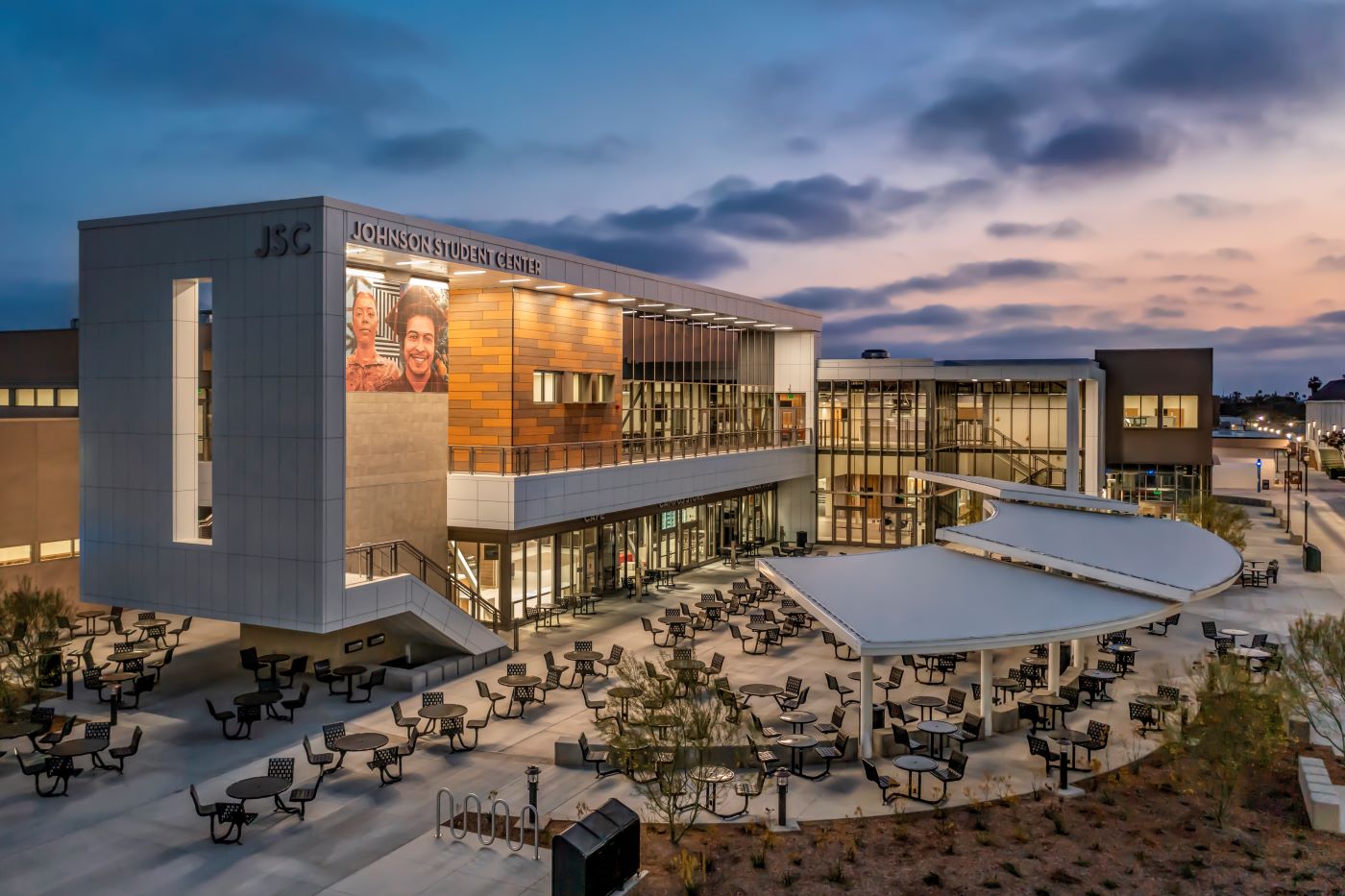
Calgreen
Sustainability isn’t just a priority—it’s a requirement.
As of July 1, 2024, CALGreen mandates embodied carbon considerations for commercial projects 100,000 square feet and larger, as well as schools 50,000 square feet and larger. Compliance requires selecting one of three pathways to address embodied carbon reduction in design and construction. At MHP, we stay ahead of evolving policies to guide our clients seamlessly through compliance. With expertise in CALGreen and other sustainability regulations, we assist our clients in incorporating Code requirements into our designs, ensuring they align with project goals for performance and sustainability.

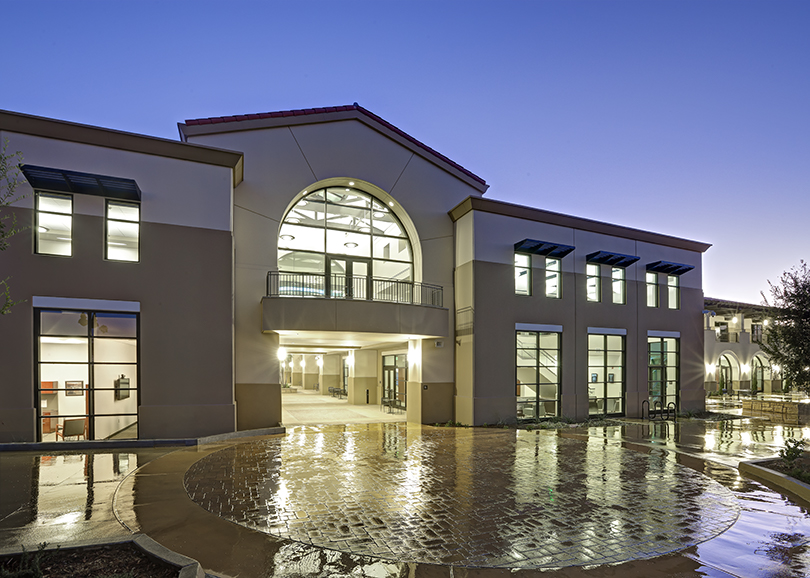
Adaptive Reuse
The most sustainable building is the one that is preserved and repurposed rather than demolished and reconstructed.
MHP is a strong advocate for retrofitting and adaptive reuse as effective strategies for preserving the value of existing structures. These approaches revitalize buildings, extending their lifespan while significantly lowering the carbon footprint associated with new construction.

